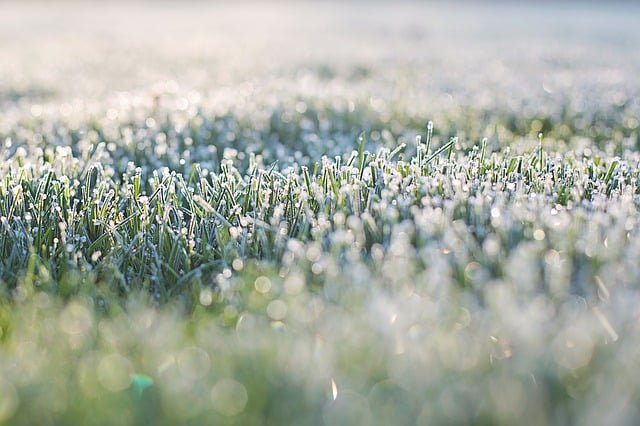The Better Lawn Blog
Insight and industry knowledge on all things important to your lawn.
From landscaping tips to fun ideas for yard play, we cover a wide range of meaningful topics on our blog page.
Cold Temperatures May Cause Winterkill
February 2, 2014
Turf loss that occurs during the winter is known as “winterkill”. When turfgrass is exposed to extremely cold temperatures, you may notice patches in your lawn that fail to green up in the spring.
Winterkill is caused by a variety of different factors, including low surface temperatures of 20 degrees Fahrenheit or below, snow and ice accumulation, and fluctuating temperatures. In the past few months, we’ve seen daytime temperatures reach into the upper 60s before dropping down to the 30s the next day. Weakened lawn areas will be most affected, including areas with significant thatch, foot traffic and standing water. These areas will likely recover, albeit slowly.
Areas with more significant damage will probably need to be replaced when temperatures warm up, usually between late April through May. Our lawn applications will also promote good growth and recovery for most injured areas. Though we can’t know how widespread the damage will be, we do expect that most lawns will pull through this odd weather and arrive in good condition come spring.
In addition to turf, trees and shrubs may also be affected by these cold temperatures. In extreme cases, injured plants may need to be replaced, though most will survive intact with some good fertilization. Once new growth begins, it may be necessary to prune trees and shrubs. Be cautious as ice and snow accumulation on branches can be dangerous. Broken limbs can be removed, though save any significant pruning and shaping until spring.
Another potential hazard is known as bark freeze. Cold weather can damage plants by causing cells to burst, and constant freezing and thawing may eventually cause bark to split. While plants may initially look and grow regularly in the spring, delayed effects from the cold may cause the plants to suddenly die.
